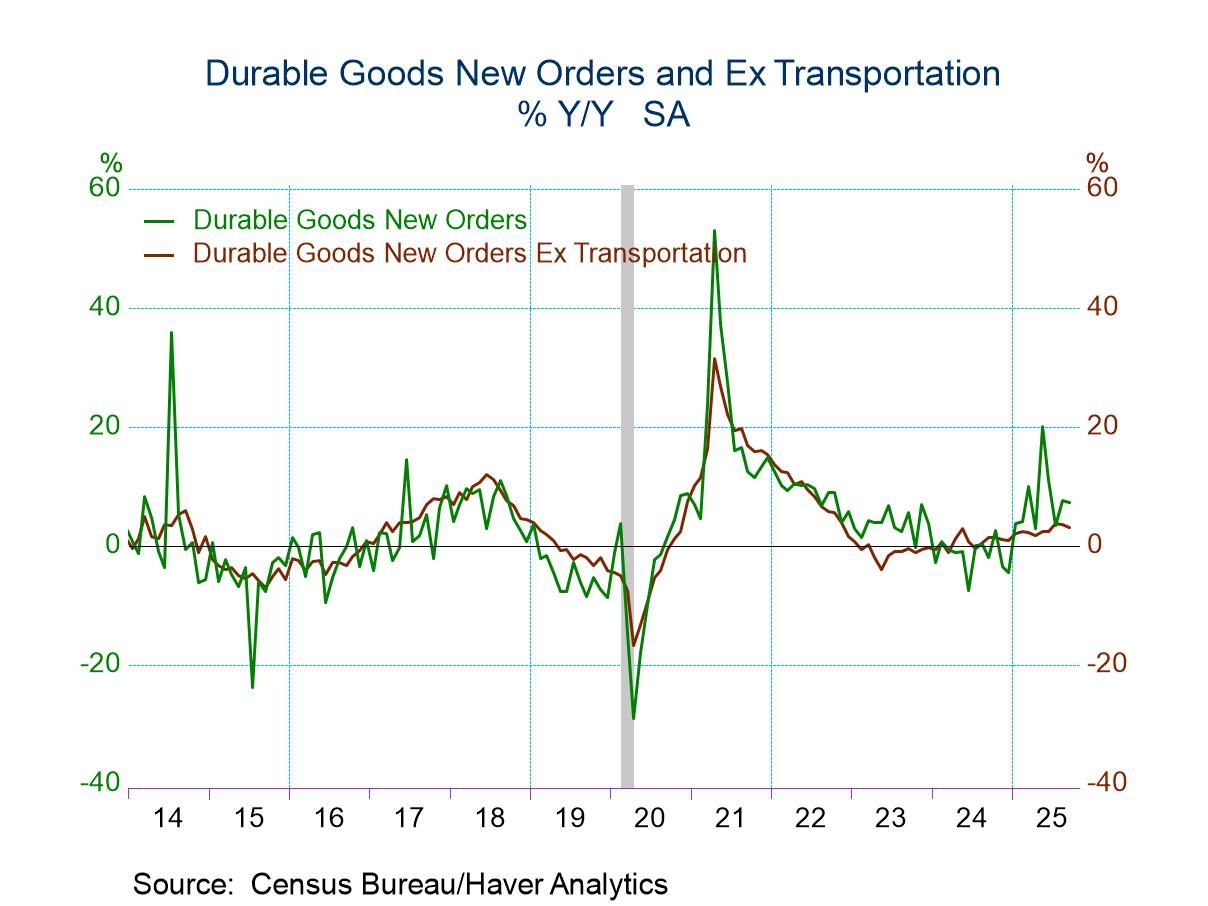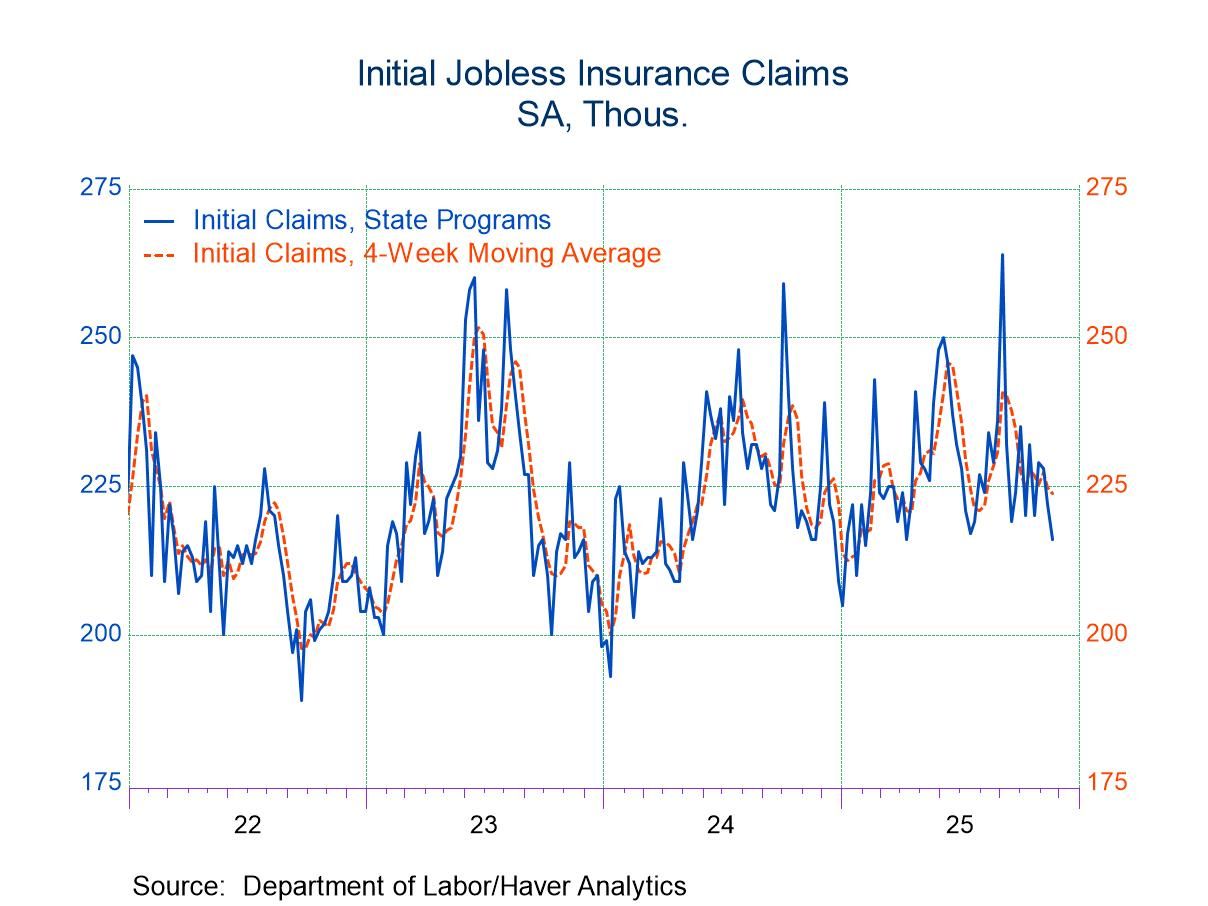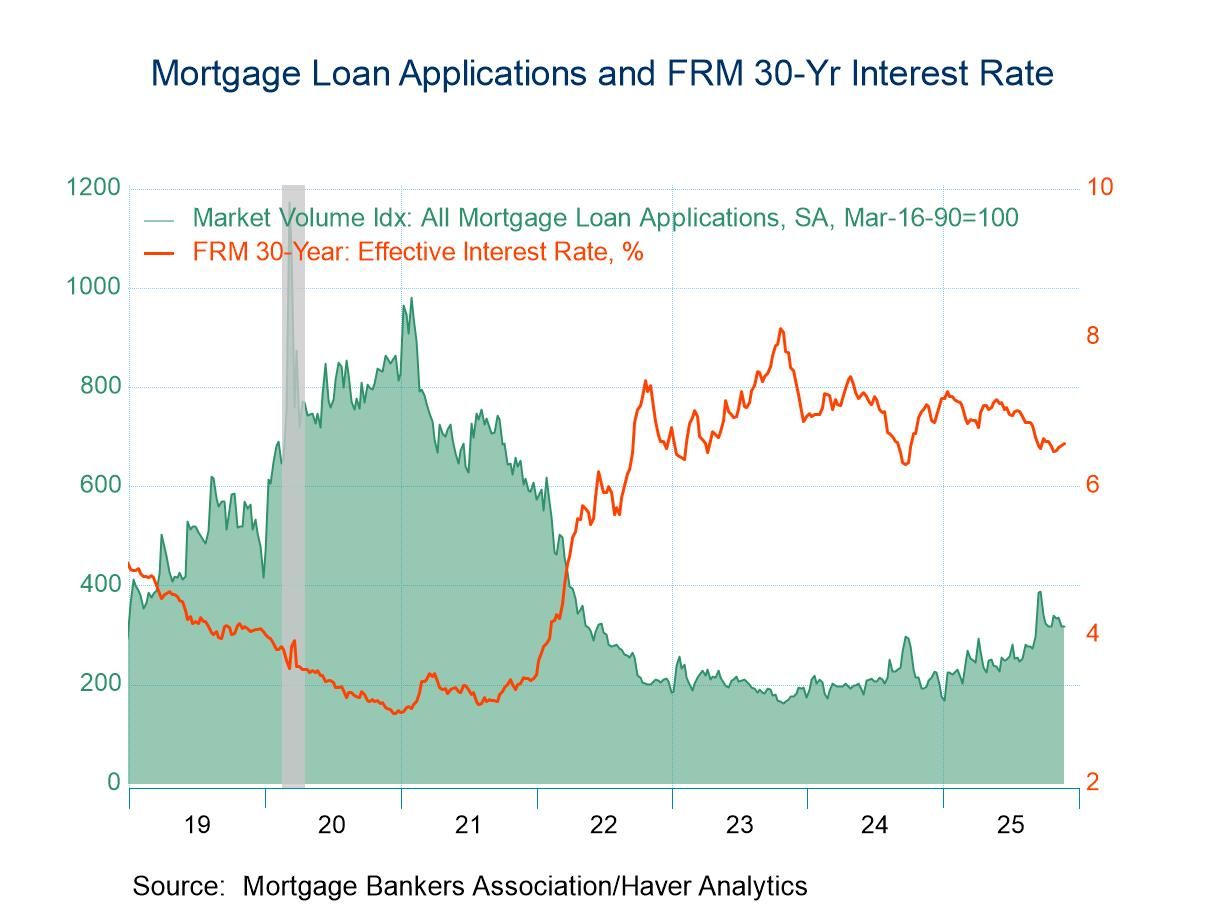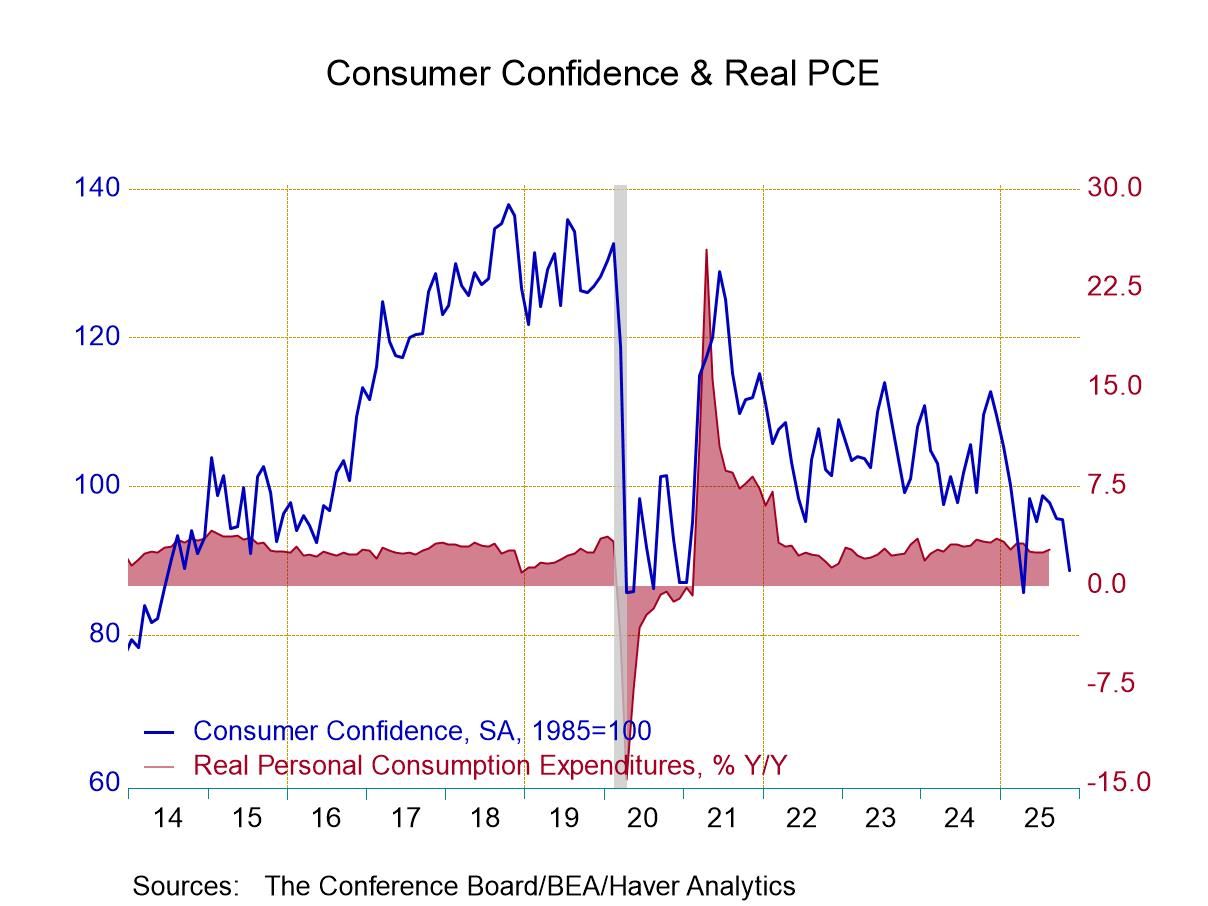U.S. ISM Services PMI Rebounds in July After Falling to a Four-Year Low in June
Summary
- 51.4 in July vs. 48.8 in June, higher than expected; 0.5 pts. below the 12-month avg. of 51.9.
- Business Activity (54.5, the 49th expansion in 50 mths.), New Orders (52.4, the 48th expansion in 50 mths.), Employment (51.1, the first expansion since January), and Supplier Deliveries (47.6 vs. 52.2).
- Prices Index rises 0.7 pts. to 57.0, remaining above 50 since June ’17.


The U.S. ISM Services PMI rose to 51.4 in July after dropping to a contraction-level 48.8 in June (the lowest level since May 2020), according to today’s report by the Institute for Supply Management, indicating expansion in the services sector for the 47th time in 50 months. The July index was slightly up from a low of 49.0 in December 2022 but below 52.8 in July 2023 and a record-high 67.1 in November 2021. The 12-month average was 51.9, reflecting relatively strong growth in the U.S. services sector. The Action Economics Forecast Survey had expected 51.0 for July.
Haver Analytics constructs a composite index combining the services index and the manufacturing reading. This index increased to 50.8 in July after falling to a four-year-low 48.8 in June, showing expansion for the second time in four months. The latest figure was slightly higher than a low of 48.9 in December 2022 but lower than 52.0 in July 2023 and a record-high 66.3 in November 2021. These series date back to July 1997.
In the latest services survey, the business activity index rose to 54.5 in July after an 11.6-point plunge to a contraction-level 49.6 in June, indicating business activity expanded for the 49th time in 50 months. The index was up from a low of 52.7 in December 2022 but down from a record-high 69.5 in November 2021. An increased 25.0% of respondents (NSA) reported higher activity in July while a lessened 14.7% reported an activity decline. The new orders index increased to 52.4 in July after falling to 47.3 in June, indicating expansion in new orders for the 48th time in 50 months. The index was up from a low of 45.0 in December 2022 but down from a record-high 69.5 in October 2021. An increased 19.2% of respondents (NSA) reported higher orders in July while a lessened 15.7% reported a decline. Meanwhile, the supplier deliveries index (NSA) fell to 47.6 in July from 52.2 in June, indicating faster supplier delivery performance in July after two months in slower territory.
On the labor front, the employment index rose to 51.1 in July after dropping to 46.1 in June, showing employment activity in the services sector expanded for the first time since January. The latest reading was above a low of 43.8 in December 2023 but below a high of 58.3 in April 2021. An increased 14.0% of respondents (NSA) indicated higher employment in July while a lessened 10.7% reported a decline.
On the inflation front, the prices index rose to 57.0 in July after decreasing to 56.3 in June, indicating prices paid by services organizations for materials and services had risen (i.e., above 50) since June 2017 and at a slightly faster pace. The index, while up versus its recent low of 53.4 in March and a low of 54.8 in June 2023, remained below a high of 64.0 in January this year and a record-high 83.8 in March 2022. Twenty-two percent of respondents (NSA) reported price rises in July while 8.8% reported price declines.
Additionally, the new export orders index rose to 58.5 in July after a 10.1-point drop to 51.7 in June, indicating new export orders expanded for the eighth time in nine months and at a faster rate. The imports index jumped to 53.3 in July from 44.0 in June and 42.8 in May, registering the fifth expansion in seven months. The inventories index increased to 49.8 in July after falling to 42.9 in June, indicating inventories contracted for the sixth time in eight months. The inventory sentiment index fell to a still-high 63.2 in July after rising to 64.1 in June, showing continued expansion since May 2023. The backlog of orders index rose to 50.6 in July after dropping to 44.0 in June, posting the third expansion in four months. These series are not seasonally adjusted and not included in the ISM Services PMI total.
The ISM Services PMI is a composite index consisting of four equally weighted diffusion indexes (25% each): Business Activity, New Orders, Employment, and Supplier Deliveries. A reading above 50 indicates expansion in the services sector; below 50 suggests contraction. Supplier Deliveries is the only ISM index that is inversed; a reading above 50 indicates slower deliveries. The ISM figures are available in Haver's USECON database, with additional detail in the SURVEYS database. The expectations figure from Action Economics is in the AS1REPNA database.


Winnie Tapasanun
AuthorMore in Author Profile »Winnie Tapasanun has been working for Haver Analytics since 2013. She has 20+ years of working in the financial services industry. As Vice President and Economic Analyst at Globicus International, Inc., a New York-based company specializing in macroeconomics and financial markets, Winnie oversaw the company’s business operations, managed financial and economic data, and wrote daily reports on macroeconomics and financial markets. Prior to working at Globicus, she was Investment Promotion Officer at the New York Office of the Thailand Board of Investment (BOI) where she wrote monthly reports on the U.S. economic outlook, wrote reports on the outlook of key U.S. industries, and assisted investors on doing business and investment in Thailand. Prior to joining the BOI, she was Adjunct Professor teaching International Political Economy/International Relations at the City College of New York. Prior to her teaching experience at the CCNY, Winnie successfully completed internships at the United Nations. Winnie holds an MA Degree from Long Island University, New York. She also did graduate studies at Columbia University in the City of New York and doctoral requirements at the Graduate Center of the City University of New York. Her areas of specialization are international political economy, macroeconomics, financial markets, political economy, international relations, and business development/business strategy. Her regional specialization includes, but not limited to, Southeast Asia and East Asia. Winnie is bilingual in English and Thai with competency in French. She loves to travel (~30 countries) to better understand each country’s unique economy, fascinating culture and people as well as the global economy as a whole.






